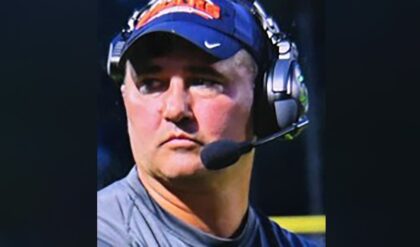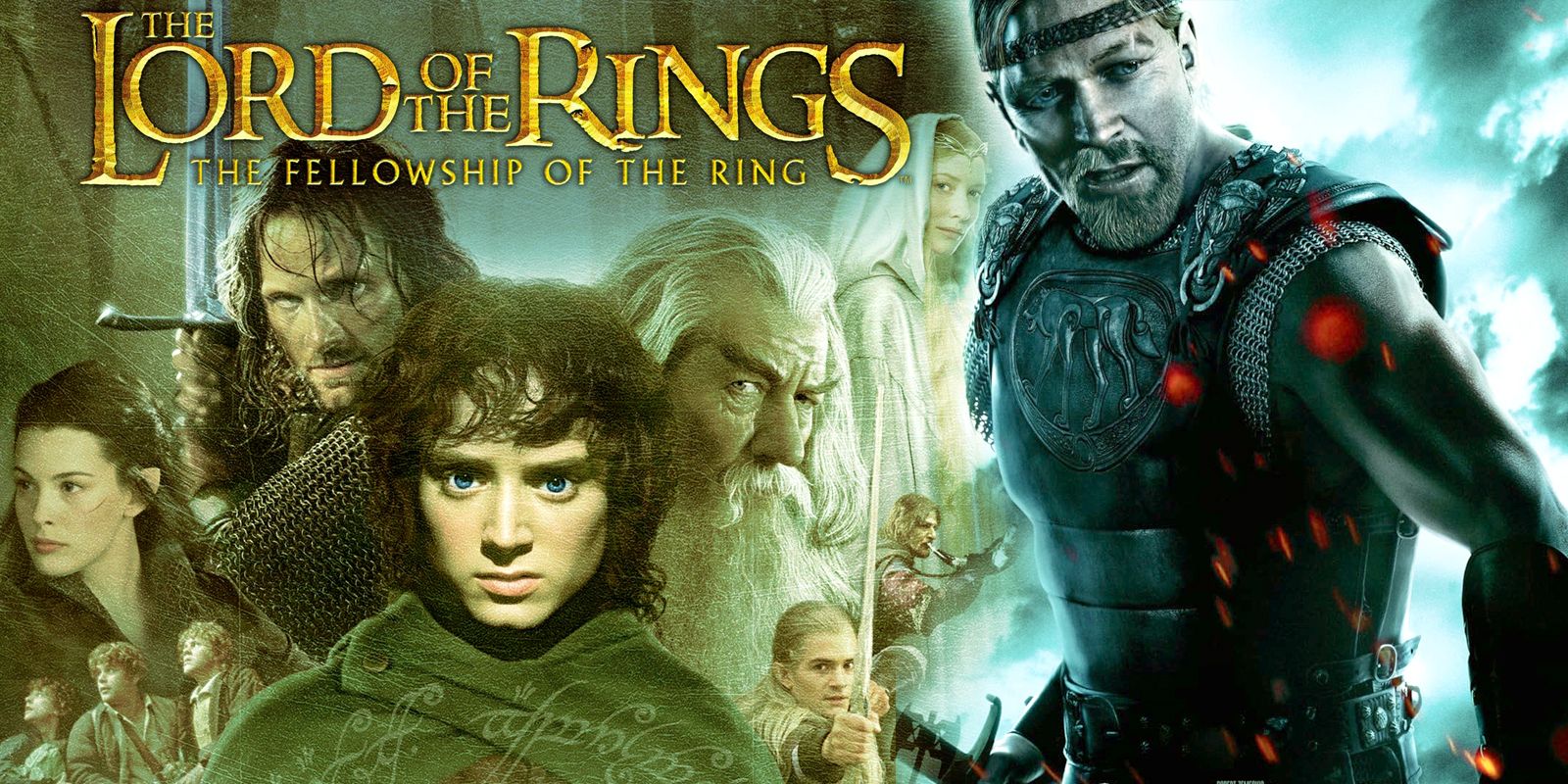
J.R.R Tolkien Was Working On a Translation of Beowulf Before He Wrote The Lord of the Rings
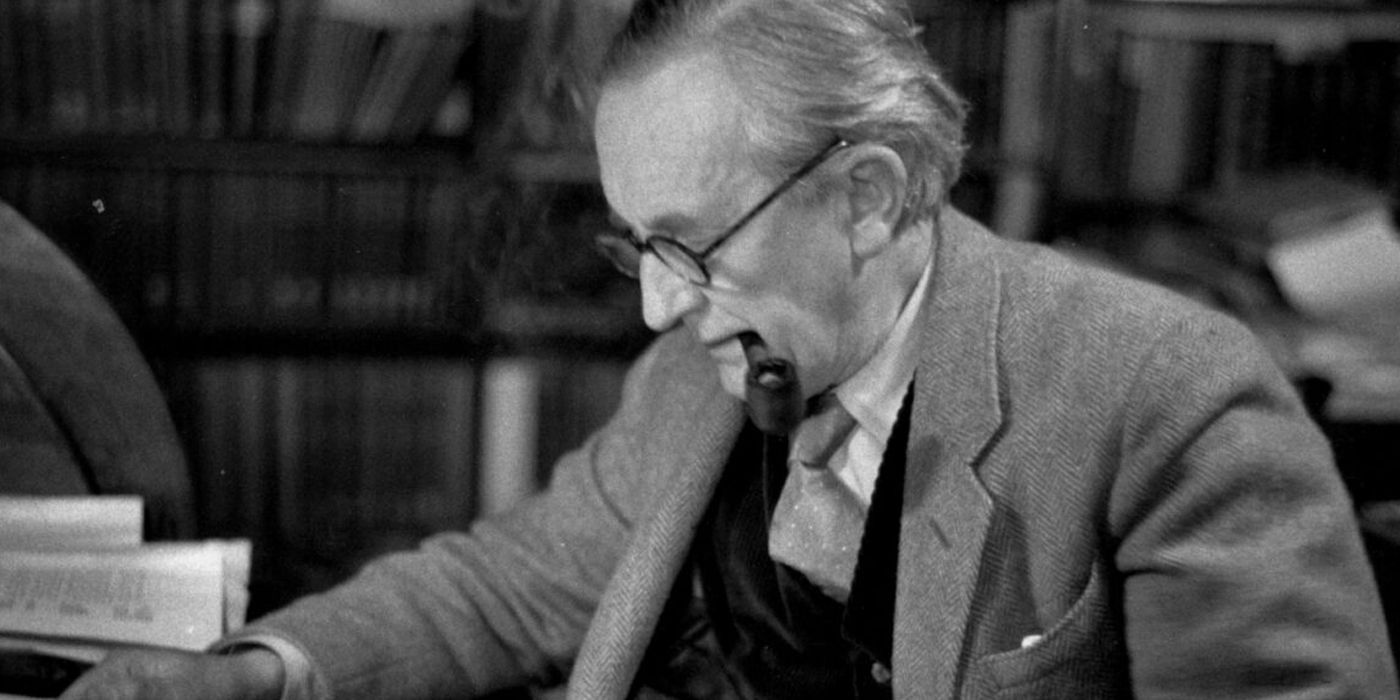
While works such as Geoffrey Chaucer’s The Canterbury Tales and Sir Gawain and the Green Knight are written in the more understandable Middle English — Beowulf would have presented more of a challenge for Tolkien. Tolkien had a love for the poem at an early age. In the private literary club he founded with his schoolmates, he began meetings with a declaration in Old English: “Hwæt!” (“Lo!”). This he would continue on into his years as a professor, although some of his students mistook Tolkien’s words as compelling them to “quiet” down. Despite Tolkien being the rare person who could actually speak Old English fluently, he never finished his effort at translating Beowulf. He completed his translation at the age of 34 in 1926 and proceeded to shelve the project for the remainder of his life.
Tolkien placed the time of Beowulf’s writing around the eighth century, though scholars do not know when it was actually written. And the original poem’s author is unknown. The truncated version of Beowulf tells the tale of a Geatish tribal prince, Beowulf, who faces off against the monster Grendel. The creature has been attacking the Danes, and Beowulf offers his assistance to their king, Hrothgar. Scholars have noted that many of Tolkien’s monsters and nameless things in The Lord of the Rings may have been influenced by Grendel. Especially since descriptions of Grendel are vague except that “He is apparently about four times the size of a man. He has claws; he does not speak. But he also has human qualities.”
In 1936, a year prior to the publication of the first edition of The Hobbit, Tolkien gave a renowned lecture on Beowulf. Beowulf: The Monsters and the Critics was subsequently published as a paper in Proceedings of the British Academy and has been reprinted in countless collections since. But it’s not just Tolkien’s monsters — specifically his wordless trolls or fearsome dragons — that scholars credit to Beowulf’s influence. Readers have noted linguistic parallels such as the use of the words “orþanc” and “searo” in Beowulf, which, when linked, suggest Tolkien’s creation of the character of Saruman and his dwelling, Orthanc. Races of Middle-earth such as Tolkien’s Orcs and Elves have also been tied directly back to Beowulf from passages describing “eotenas ond ylfe ond orcnéas.” The culture of Rohan is especially inspired by Anglo-Saxon traditions, as depicted in Beowulf.
Beowulf Has Had Multiple Screen Adaptations
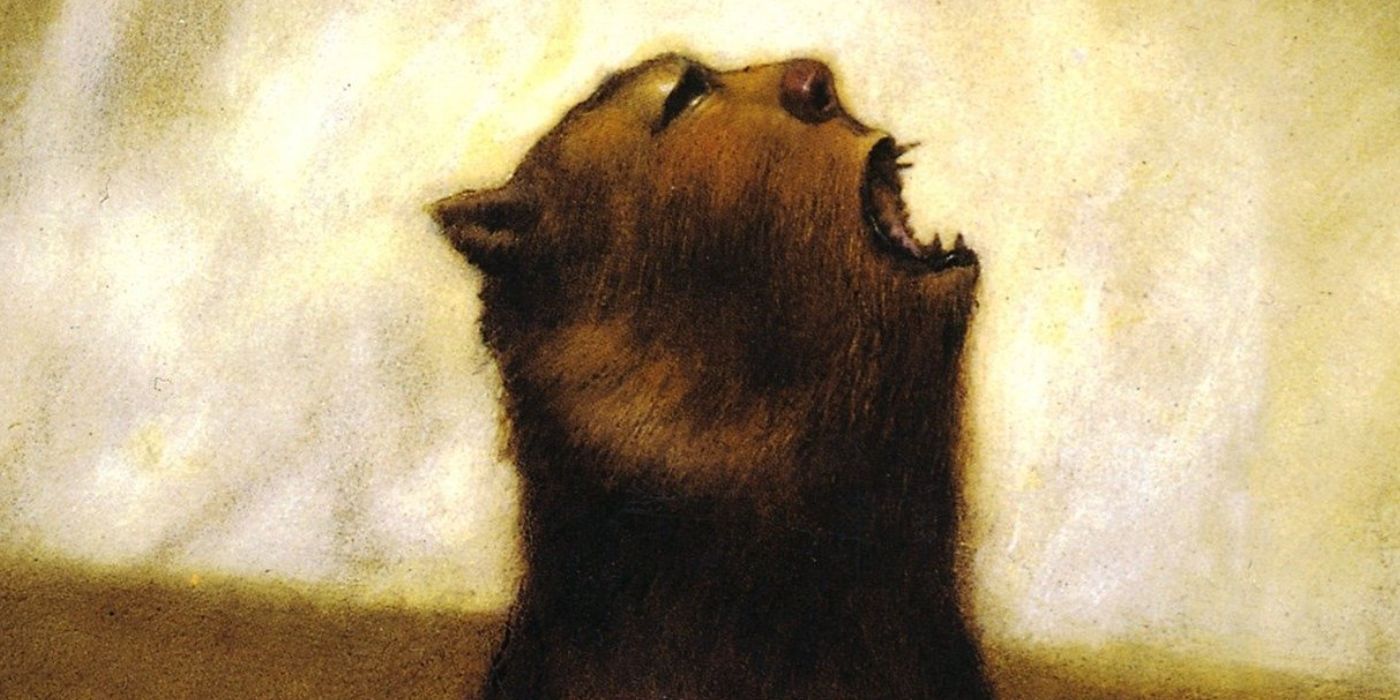
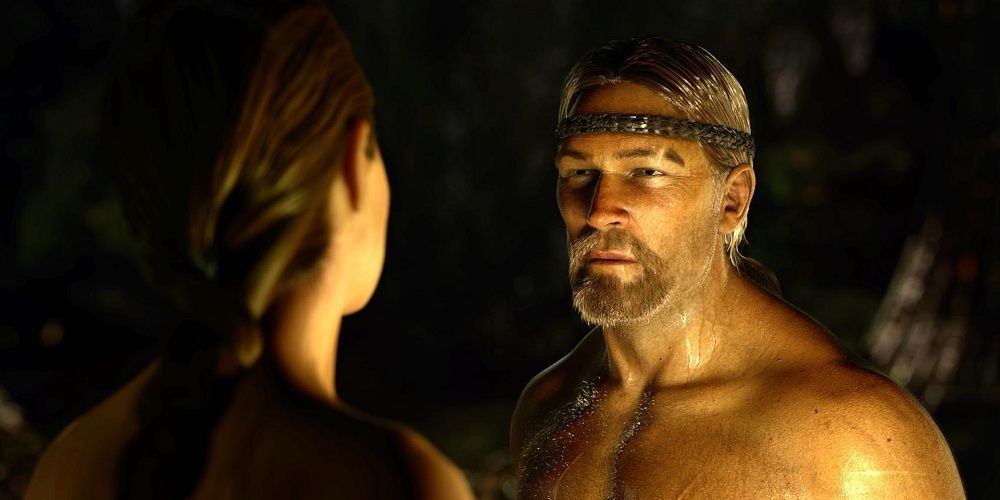
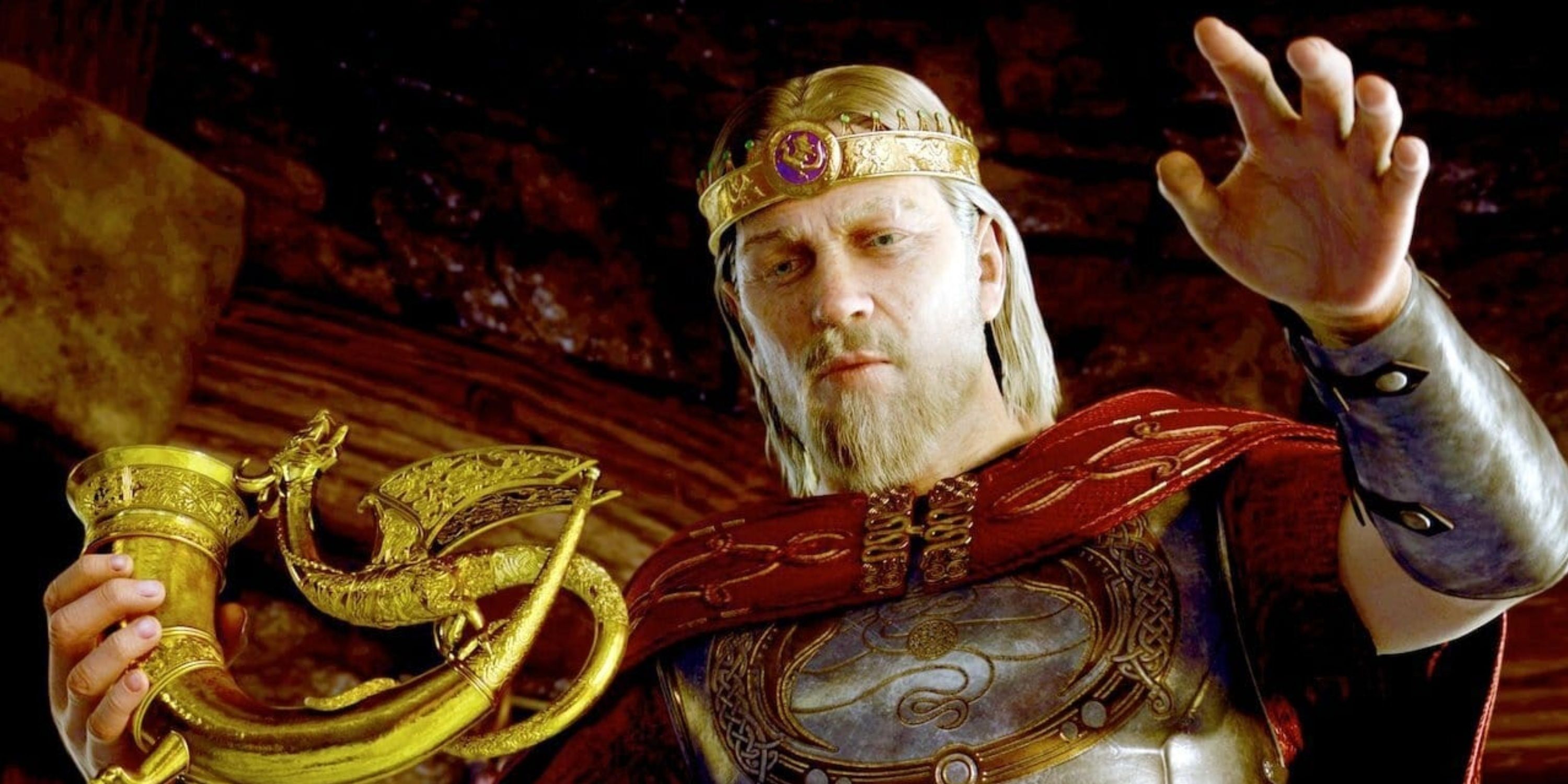
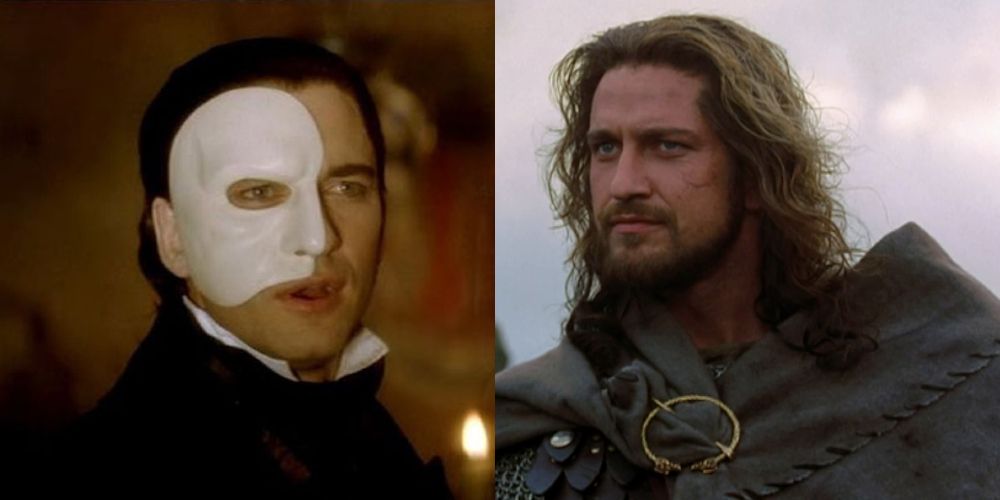
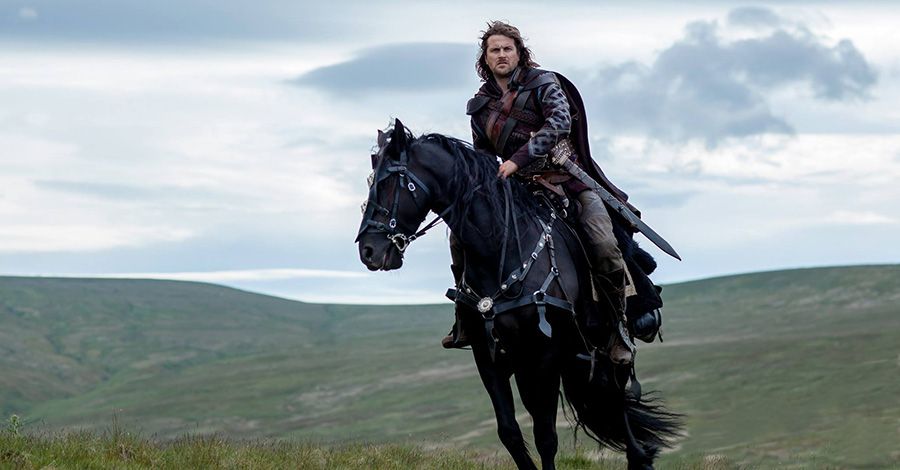





Unlike many fairy tales and folk tales which have been told and retold cinematically time and time again, Beowulf has not been attempted a great deal. An almost comical action version Beowulf was released in 1999 and has been all but forgotten by movie-going audiences. And for good reason. One critic described it as “a shambles for the ages.” A more earnest but almost equally unsuccessful adaptation was released in 2005, starring Gerard Butler in the title role. This version was more loosely based on the poem and tends to deviate from the source material. It did not fare well at the box office and was described by some critics as “a rendition that’s about half as good and half as harsh as it needed to be.”
Film Adaptations of Beowulf
Grendel Grendel Grendel (1980) • Animated
Beowulf (1999) • Live-action
Beowulf & Grendel (2005) • Live-action
Beowulf (2007) • Animated
It’s not surprising that filmmakers have had difficulty in adapting Beowulf if even a master such as Tolkien found the text challenging. Tolkien struggled to find words which could be readily translated into modern contexts. Possibly contributing to why he made the choice to translate into prose instead of verse. To date, the most successful adaptation of Beowulf for the screen is the motion-capture version released by Paramount Pictures and Warner Bros. Pictures in 2007. Still, audiences didn’t seem quite as taken with it as critics. It currently holds a 71% critic rating on Rotten Tomatoes and a 50% audience score. A TV series, Beowulf: Return to the Shieldlands, also premiered in 2016 but was canceled after its first season.
J.R.R. Tolkien Published a Definitive Edition of Sir Gawain and the Green Knight
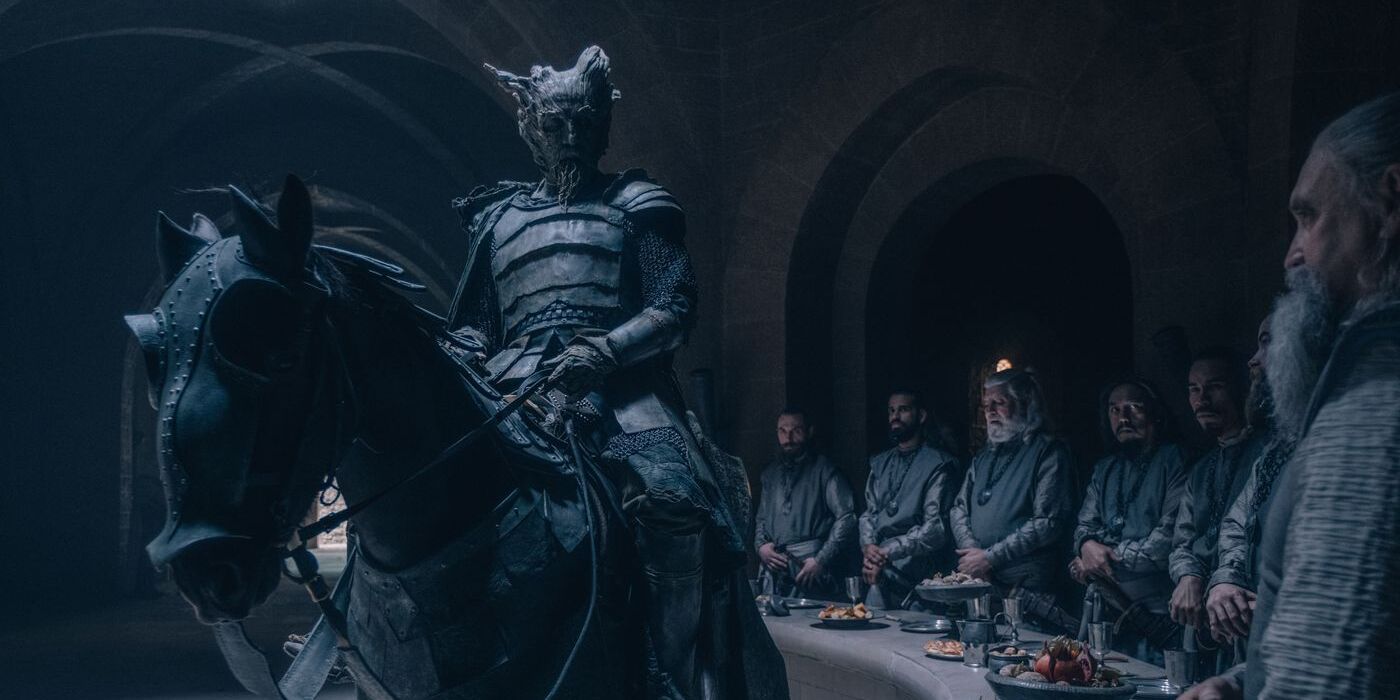
Beowulf was one of many sources of inspiration for Tolkien in his literary endeavors. Tolkien worked on an authoritative edition of the 14th-century chivalric romance Sir Gawain and the Green Knight as well. Also written by an unknown author, the story involves the fabled King Arthur and his Knights of the Round Table. The story surrounds Sir Gawain, not yet a knight to King Arthur, who accepts the challenge of a mysterious Green Knight to exchange blows with him a year after their first meeting. Sir Gawain goes through a series of trials during this time which put his honor and loyalty to the test.
In a way, Tolkien took many of the myths and legends he so loved and distilled them into a more modern form for contemporary audiences. After which director Peter Jackson then took it a step further and made Tolkien and, subsequently, these themes and ancient stories, yet more accessible. It’s entirely possible every Tolkien fan may not have read the works that helped bring The Lord of the Rings to life. However, if they ever find themselves wanting more than what Tolkien was able to complete in his lifetime, turning back to the texts that inspired the author’s work is a great place to start.

